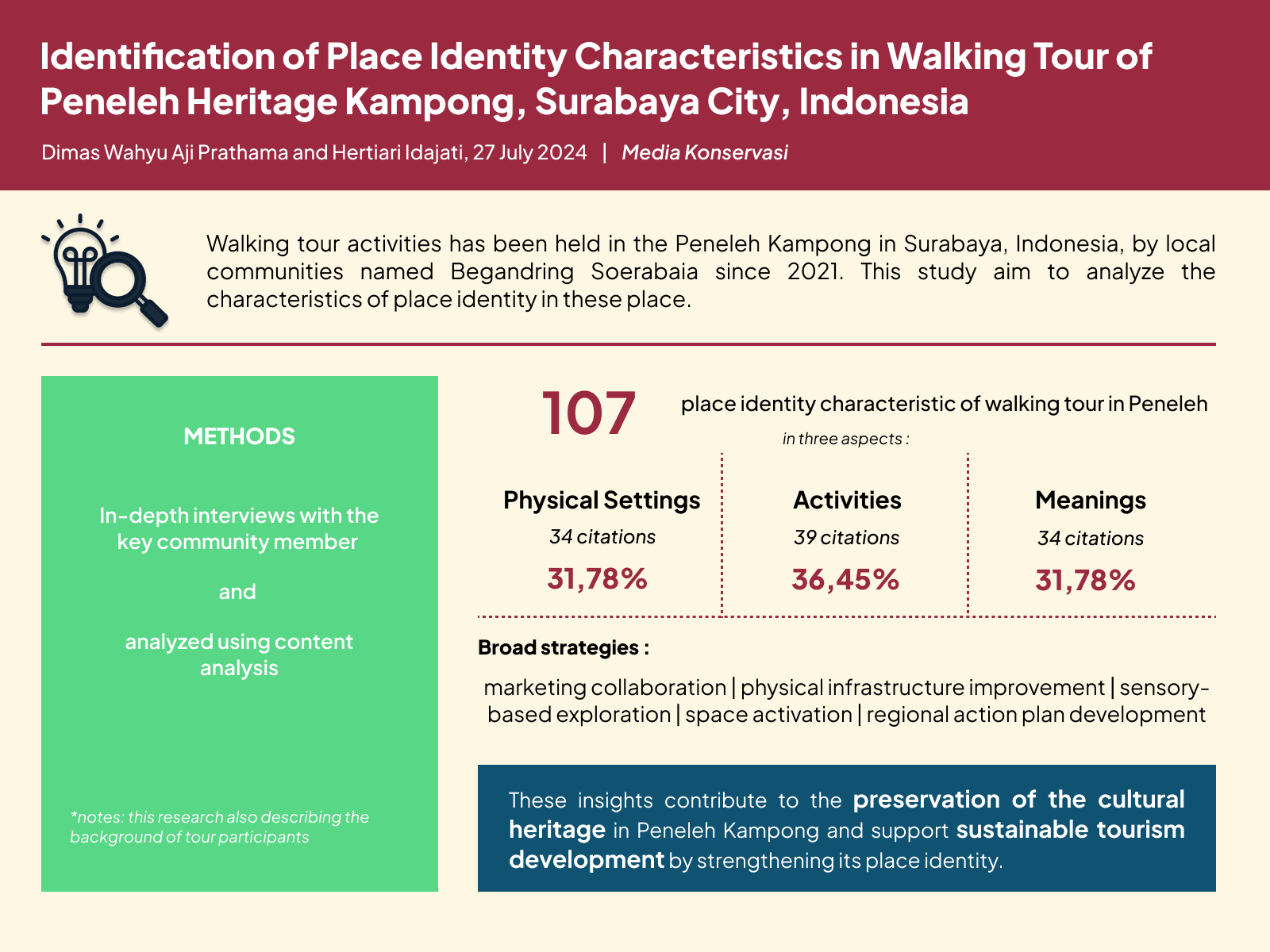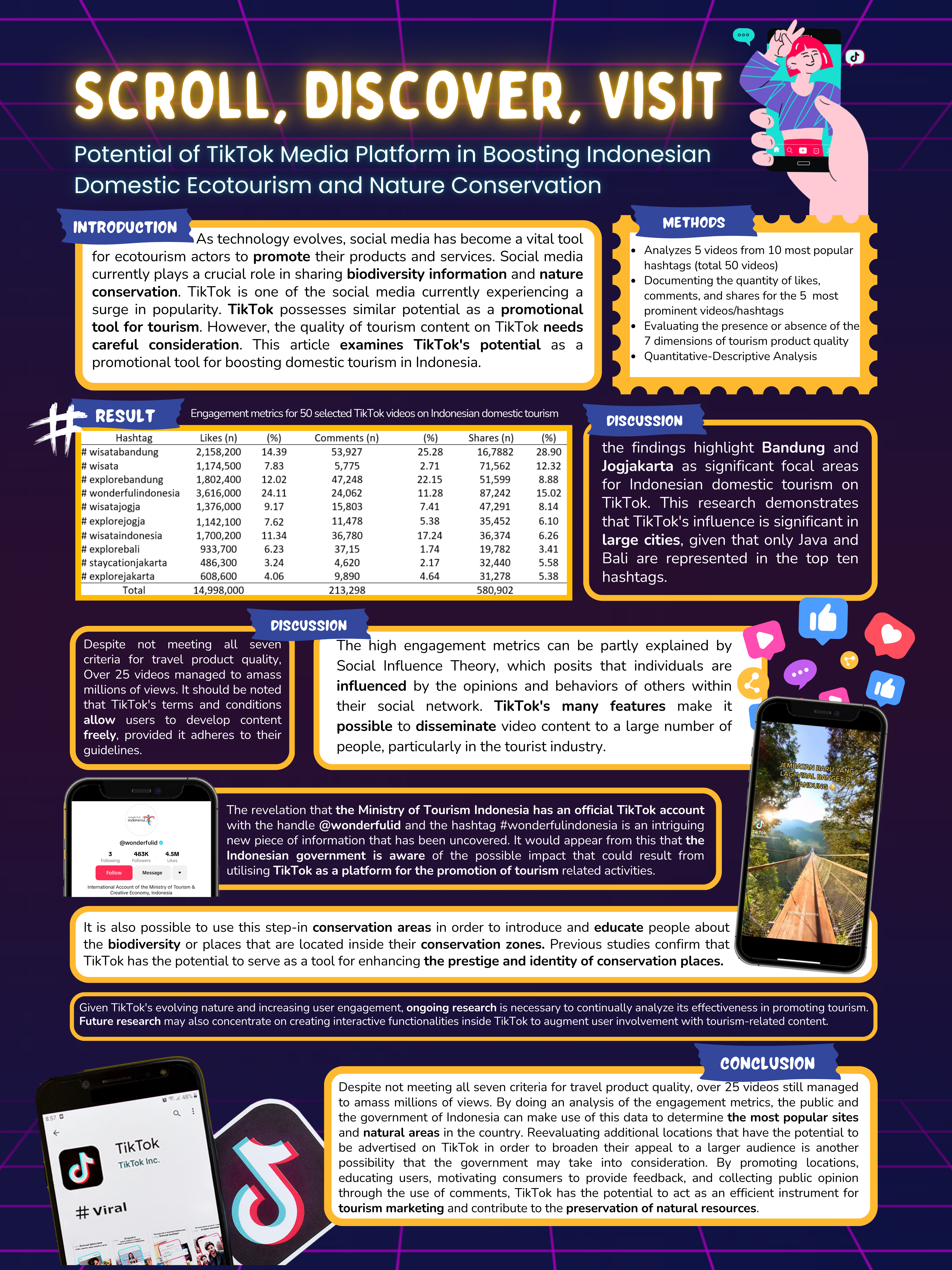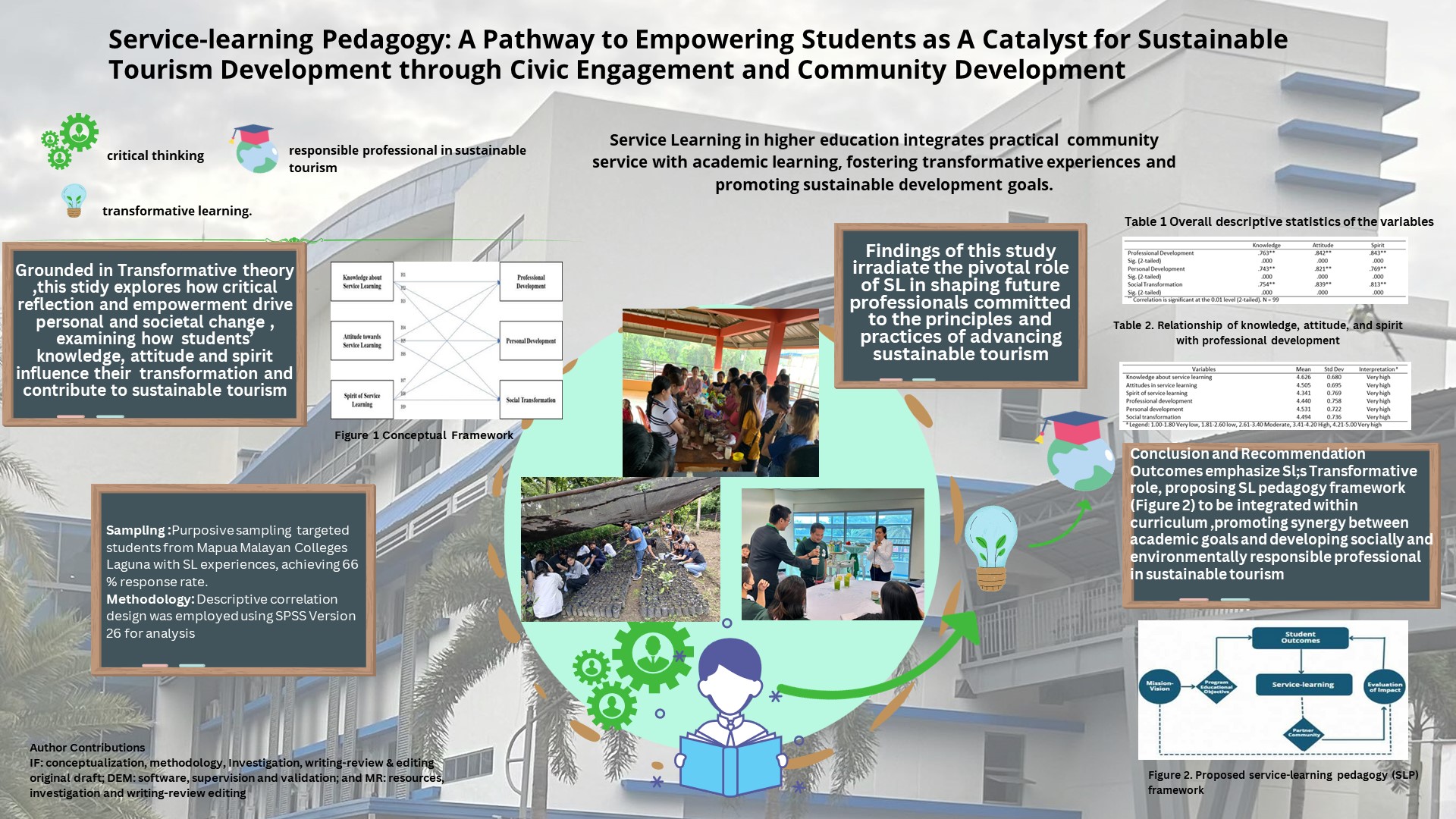Abstract
Efforts to develop the sustainable use of Timor deer can be carried out in situ, such as through the management of Natural Tourism Parks and ex-situ through captivity. The existence of the Timor deer and its breeding effort in the Gunung Tunak TWA is intended as an effort to provide tourist attractions which are the primary mandate of the management of the Gunung TWA. Utilization that is carried out needs to pay attention to the principles of leadership and the welfare of the animals. Apart from the biological technical perspective related to the management aspect of the Timor deer, another essential thing that needs to be studied is the economic valuation of the existence of the Timor deer as a tourist attraction in TWA Gunung Tunak. The purpose of this study is to analyze the economic valuation of the Timor deer as a tourist attraction using the methods of observation, interviews, accidental sampling, and data analysis using the calculation of willingness to pay, chi-square test, and bidding game. The results showed that the average economic value of Rp. 21.162 with an estimate of Rp. 52.853.167 in a year based on admission. This research is expected to add and enrich information related to the economic value of Timor deer in the context of developing utilization as a tourist attraction in TWA Gunung Tunak.
Key words: Rusa timorensis, bidding game, willingness to pay, focal animal sampling
Authors
Media Konservasi is an open access journal, meaning that all content is freely available without charge to the user or their institution. Users are allowed to read, download, copy, distribute, print, search, or link to the full texts of the articles in this journal without needing to request prior permission from the publisher or the author.
All articles published by Media Konservasi are licensed under the Creative Commons Attribution 4.0 International License. This allows for unrestricted use, distribution, and reproduction in any medium, provided proper credit is given to the original authors.
Authors submitting manuscripts should understand and agree that the copyright of published manuscripts is retained by the authors. Copyright encompasses the exclusive rights of authors to reproduce, distribute, and sell any part of the journal articles in all forms and media. Reproduction of any part of this journal, its storage in databases, and its transmission by any form or media is allowed without written permission from Media Konservasi.





